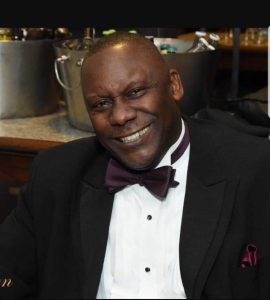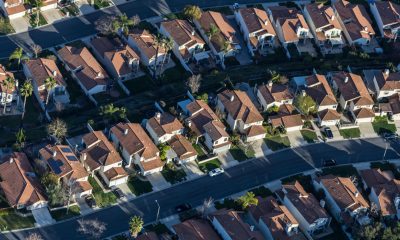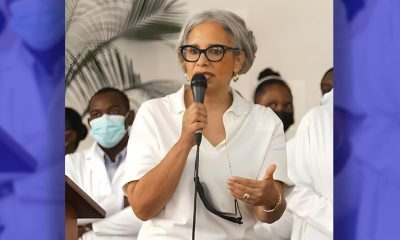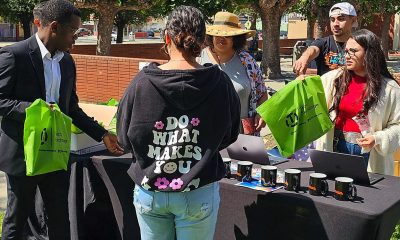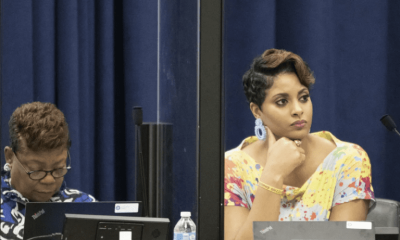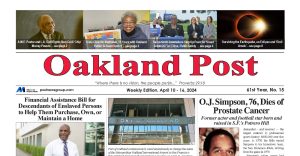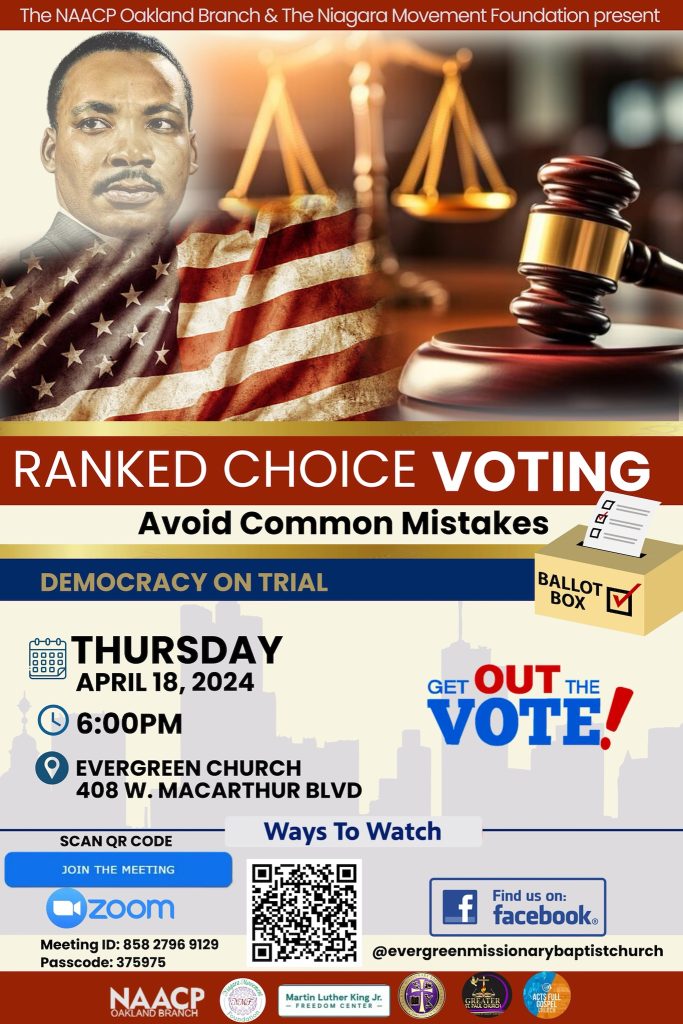#NNPA BlackPress
“Save Energy, Save Dollars” plan asks City Council to pay for energy upgrades for poor
NNPA NEWSWIRE — Your home isn’t as energy efficient as you think it is. And if the City of Memphis and MLGW seriously want to ease the energy burden on low-income families, they should start with fixing leaky faucets, sealing drafty windows and other optimizations outlined in a bold new plan recently unveiled by Friends of The Earth (FOE).
Proposal estimates $247 million to optimize homes while creating 330 jobs over five years.
By Lee Eric Smith, lesmith@tsdmemphis.com
“If Memphis Light Gas & Water’s utility rates are among the lowest in the country, why is my bill so darn high?”
Whether you’ve asked yourself that question after opening your latest MLGW bill or gone a step further to complain to MLGW and/or city officials, it’s a question that seemingly defies logic. Either somebody is lying or . . .
Your home isn’t as energy efficient as you think it is. And if the City of Memphis and MLGW seriously want to ease the energy burden on low-income families, they should start with fixing leaky faucets, sealing drafty windows and other optimizations outlined in a bold new plan recently unveiled by Friends of The Earth (FOE).
“When you talk about the energy burden, you’re talking about poor people who are making decisions between groceries, medicine and for some, even being able to get to work,” said Herman Morris, a former MLGW executive now championing the effort. “And that’s a burden not because of (the utility rate) necessarily, but because their home is energy inefficient.
“They’ve got cracks and leaks that really result in them (cooling outdoors in the summer and heating outdoors in the winter),” Morris added. “All of the energy they buy goes out the door through those cracks.”
The plan, called “Save Energy, Save Dollars,” calls upon the Memphis City Council to fund a program that would provide energy optimizations and upgrades to up to more than 70,000 lower income homes over five years. The plan estimates that the average participant could save as much as $44 per month – all while enjoying a more comfortable home to boot.
‘Recipes’ for success
The full 36-page plan, available as a downloadable PDF, provides two main “recipes” for achieving those savings.
During the “direct install” phase, trained experts would evaluate and install upgrades like low-flow showerheads, LED lights, duct sealing and insulation for pipes and water heaters. Smart thermostats are also included because they can communicate with MLGW’s smart meters to restrict usage at MLGW’s most expensive times.
Some direct install homes will also be eligible for weatherization – more costly measures like replacing inefficient refrigerators and air conditioners, upgrading insulation and even replacing windows and doors.
All other low-income households would receive a seven percent reduction in their utility bills, according to the plan.
To maximize impact, the plan takes a neighborhood-by-neighborhood approach, focusing on areas of Memphis like Frayser, Orange Mound, Whitehaven, Berclair and North Memphis. A countywide campaign would allow low-income households anywhere in the county to participate by appointment. The plan also has incentives for landlords to make the upgrades in their rental properties.
“The kilowatt hour you save is the cheapest and cleanest kilowatt hour on Earth,” said David Freeman, former chair of the Tennessee Valley Authority. “We can help ourselves in this city by just initiating a major efficiency program.”
At what cost?
Adopted as is, the SESD plan would cost $247 million over five years. They even recommend the city use municipal bonds to fund the effort.
But while Friends of the Earth acknowledge the plan isn’t cheap, they also say that if easing financial stress on the poorest Memphians is a priority, there’s no better way to invest the money.
“There’s been enough talk. People know they’re poor. And they know that their homes are leaking. It’s time that somebody did something about it,” Freeman said. “They borrow money to build a power plant, they can borrow money to invest in the homes of poor people. That will create more energy per dollar than what they’re paying TVA.”
Earlier this year, the Memphis City Council declined an MLGW request to raise rates to pay for needed infrastructure repairs – upgrades that could help prevent power outages during storms.
Morris said that those infrastructure upgrades are absolutely needed, but they don’t have to come at the expense of the proposed SESD plan.
“You’ve got to have an infrastructure that’s capable of delivering the energy to the people,” Morris said. “I also believe that you don’t necessarily need to stop at the door. We’re saying that you take that infrastructure argument into the homes where the energy is going to be consumed, and improve that infrastructure, so that you’re getting a more efficient delivery. You can’t really separate the two.
“(Say) you are a poor person whose lights are off because you couldn’t afford to pay for all the energy that you’re using inefficiently,” Morris continued. “If you’re a poor person in that situation and your lights off, you don’t need to fix the infrastructure. Because it doesn’t matter if the infrastructure works if your lights are off because you couldn’t pay the bill.
“All we’re saying is, let’s be smart. Let’s be responsible,” he added. “Let’s just stop wasting by not having an energy-efficient envelope where that energy is consumed.”
Grassroots approach
Friends of the Earth announced the plan at a community event at Bickford Senior Center, just north of the Pinch District. There were two bounce houses, a deejay and food. The idea is to increase public awareness – not just about the SESD plan, but to promote energy efficiency as a way of life among low-income residents.
“Some of the responsibility is on the customer,” Morris said. “That will require some changing of habits, of personal conduct. But changing habits isn’t going to help until you fix the environment.
“At MLGW, we used to call it ‘conscientious consumption’ – being a better consumer,” he added. “But to get to responsible consumption, you’ve got to make it possible for that to take place. And it cannot take place when half of every kilowatt hour you use goes out the window.”
Several dozen people attended the FOE event. Informational flyers were passed out, and guests were polled on questions like, “Which city has the highest energy burden?” The music stopped to allow event coordinator Sydney Kessler to spread information about the plan.
“We’re trying to build a strong coalition of folks that we believe can really advocate for this,” said Sydney Kessler, who organized the June 29 event. “We’re going to be talking about how it impacts those communities to make sure those communities are represented when we’re advocating for this plan.”
After multiple emails and phone calls, The New Tri-State Defenderwas unable to confirm if MLGW officials or the Mayor’s Office had seen the proposal or reviewed it in detail. But 10 local civic and religious organizations have already signed onto the effort urging MLGW and the City Council to adopt the plan.
And Sijuwola Crawford, the #UPTheVote901 leader who co-organized the recent “People’s Convention,” was among those at the event supporting the effort.
“We’ve heard that people are spending as much as 25 percent of their money on utilities,” Crawford said. “If we can lower that, then I think we’re doing what we can to protect the people who are the most vulnerable.”
If it sounds like Friends of the Earth wants to make this an issue in the upcoming municipal elections and beyond, it’s because they do.
“This is an (awareness) campaign that’s going to take it straight to these people that are running for election in October and ask them: Are you going to just keep talking about helping the poor people? Or are you going to do something about it? And here’s something that can be done by just the vote of the city council, instructing the utility to implement this program.
#NNPA BlackPress
Beloved Actor and Activist Louis Cameron Gossett Jr. Dies at 87
NNPA NEWSWIRE — Louis Gossett Jr., the groundbreaking actor whose career spanned over five decades and who became the first Black actor to win an Academy Award as Best Supporting Actor for his memorable role in “An Officer and a Gentleman,” has died. Gossett, who was born on May 27, 1936, in Brooklyn, N.Y., was 87. Recognized early on for his resilience and nearly unmatched determination, Gossett arrived in Los Angeles in 1967 after a stint on Broadway.
The post Beloved Actor and Activist Louis Cameron Gossett Jr. Dies at 87 first appeared on BlackPressUSA.
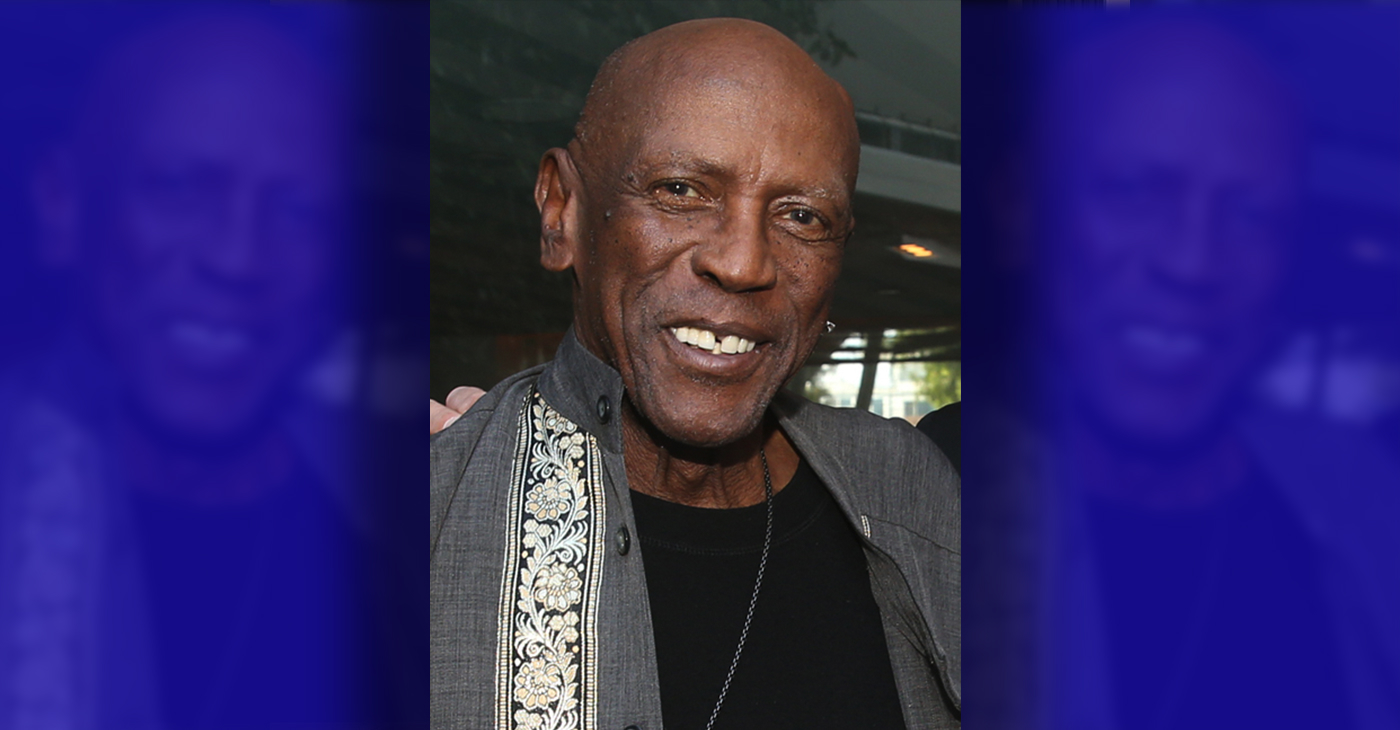
By Stacy M. Brown
NNPA Newswire Senior National Correspondent
@StacyBrownMedia
Louis Gossett Jr., the groundbreaking actor whose career spanned over five decades and who became the first Black actor to win an Academy Award as Best Supporting Actor for his memorable role in “An Officer and a Gentleman,” has died. Gossett, who was born on May 27, 1936, in Brooklyn, N.Y., was 87. Recognized early on for his resilience and nearly unmatched determination, Gossett arrived in Los Angeles in 1967 after a stint on Broadway.
He sometimes spoke of being pulled over by law enforcement en route to Beverly Hills, once being handcuffed to a tree, which he remembered as a jarring introduction to the racial tensions of Hollywood. In his memoir “An Actor and a Gentleman,” Gossett recounted the ordeal, noting the challenges faced by Black artists in the industry. Despite the hurdles, Gossett’s talent shone brightly, earning him acclaim in groundbreaking productions such as “A Raisin in the Sun” alongside Sidney Poitier. His Emmy-winning portrayal of Fiddler in “Roots” solidified his status as a trailblazer, navigating a landscape fraught with racial prejudice.
According to the HistoryMakers, which interviewed him in 2005, Gossett’s journey into the limelight began during his formative years at PS 135 and Mark Twain Junior High School, where he demonstrated early leadership as the student body president. His passion for the arts blossomed when he starred in a “You Can’t Take It With You” production at Abraham Lincoln High School, catching the attention of talent scouts who propelled him onto Broadway’s stage in “Take A Giant Step.” His stellar performance earned him the prestigious Donaldson Award for Best Newcomer to Theatre in 1952. Though initially drawn to sports, Gossett’s towering 6’4” frame and athletic prowess led him to receive a basketball scholarship at New York University. Despite being drafted by the New York Knicks in 1958, Gossett pursued his love for acting, honing his craft at The Actors Studio under the tutelage of luminaries like John Sticks and Peggy Fury.
In 1961, Gossett’s talent caught the eye of Broadway directors, leading to roles in acclaimed productions such as “Raisin in the Sun” and “The Blacks,” alongside legends like James Earl Jones, Cicely Tyson, Roscoe Lee Brown, and Maya Angelou. Transitioning seamlessly to television, Gossett graced small screens with appearances in notable shows like “The Bush Baby” and “Companions in Nightmare.” Gossett’s silver screen breakthrough came with his role in “The Landlord,” paving the way for a prolific filmography that spanned over 50 movies and hundreds of television shows. From “Skin Game” to “Lackawanna Blues,” Gossett captivated audiences with his commanding presence and versatile performances.
However, his portrayal of “Fiddler” in Alex Haley’s groundbreaking miniseries “Roots” earned Gossett critical acclaim, including an Emmy Award. The HistoryMakers noted that his golden touch extended to the big screen, where his role as Sergeant Emil Foley in “An Officer and a Gentleman” earned him an Academy Award for Best Supporting Actor, making him a trailblazer in Hollywood history.
Beyond the glitz and glamour of Hollywood, Gossett was deeply committed to community activism. In 1964, he co-founded a theater group for troubled youth alongside James Earl Jones and Paul Sorvino, setting the stage for his lifelong dedication to mentoring and inspiring the next generation. Gossett’s tireless advocacy for racial equality culminated in the establishment of Eracism, a nonprofit organization dedicated to combating racism both domestically and abroad. Throughout his illustrious career, Gossett remained a beacon of strength and resilience, using his platform to uplift marginalized voices and champion social change. Gossett is survived by his children, Satie and Sharron.
The post Beloved Actor and Activist Louis Cameron Gossett Jr. Dies at 87 first appeared on BlackPressUSA.
#NNPA BlackPress
COMMENTARY: D.C. Crime Bill Fails to Address Root Causes of Violence and Incarceration
WASHINGTON INFORMER — The D.C. crime bill and so many others like it are reminiscent of the ‘94 crime bill, which produced new and harsher criminal sentences, helped deploy thousands of police and surveilling methods in Black and brown communities, and incentivized more states to build prisons through a massive infusion of federal funding. While it is not at the root of mass incarceration, it significantly accelerated it, forcing a generation of Black and brown families into a never-ending cycle of state-sanctioned violence and incarceration.
The post COMMENTARY: D.C. Crime Bill Fails to Address Root Causes of Violence and Incarceration first appeared on BlackPressUSA.
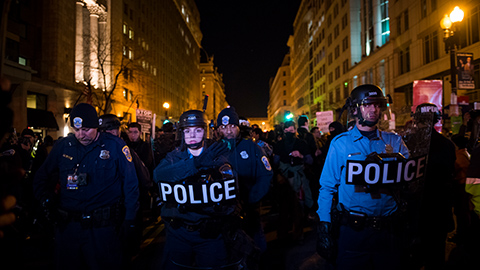
By Kaili Moss and Jillian Burford | Washington Informer
Mayor Bowser has signed the “Secure DC” omnibus bill passed by the D.C. Council last month. But we already know that this bill will be disastrous for all of D.C., especially for Black and brown residents.
While proponents claim that this legislation “will make D.C. residents safer and more secure,” it actually does nothing to address the root of the harm in the first place and instead maintains a cycle of violence, poverty, and broken community ties. The omnibus bill calls for increased surveillance, drug-free zones, and will expand pre-trial detention that will incarcerate people at a significantly higher rate and for an indeterminate amount of time before they are even tried. This bill will roll back decades of nationwide policy reform efforts and initiatives to keep our communities safe and whole, which is completely contradictory to what the “Secure” D.C. bill claims it will do.
What is unfolding in Washington, D.C., is part of a dangerous national trend. We have seen a resurrection of bad crime bills in several jurisdictions across the country — a phenomenon policy experts have named “zombie laws,” which are ineffective, costly, dangerous for communities of color and, most importantly, will not create public safety. Throwing more money into policing while failing to fund preventative measures does not keep us safe.
The D.C. crime bill and so many others like it are reminiscent of the ‘94 crime bill, which produced new and harsher criminal sentences, helped deploy thousands of police and surveilling methods in Black and brown communities, and incentivized more states to build prisons through a massive infusion of federal funding. While it is not at the root of mass incarceration, it significantly accelerated it, forcing a generation of Black and brown families into a never-ending cycle of state-sanctioned violence and incarceration. Thirty years later, despite spending billions each year to enforce these policies with many of these provisions remaining in effect, it has done very little to create long-term preventative solutions. Instead, it placed a permanent moving target on the backs of Black people, and the D.C. crime bill will do the same.
The bill calls for more pretrial detention. When our loved ones are held on pretrial detention, they are held on the presumption of guilt for an indeterminate amount of time before ever seeing a judge, which can destabilize people and their families. According to experts at the Malcolm Weimer Center for Social Policy at Harvard University, just one day in jail can have “devastating consequences.” On any given day, approximately 750,000 people are held in jails across the nation — a number that beats our nation’s capital population by about 100,000. Once detained, people run the risk of losing wages, jobs, housing, mental and health treatments, and time with their families. Studies show that pretrial detention of even a couple of days makes it more likely for that person to be rearrested.
The bill also endangers people by continuing a misguided and dangerous War on Drugs, which will not get drugs off the street, nor will it deter drug use and subsequent substance use disorders (SUDs). Drug policies are a matter of public health and should be treated as such. Many states such as Alabama, Iowa and Wisconsin are treating the current fentanyl crisis as “Crack 2.0,” reintroducing a litany of failed policies that have sent millions to jails and prisons instead of prioritizing harm reduction. Instead, we propose a simple solution: listen to members of the affected communities. Through the Decrim Poverty D.C. Coalition, community members, policy experts and other stakeholders formed a campaign to decriminalize drugs and propose comprehensive legislation to do so.
While there are many concerning provisions within the omnibus bill, car chases pose a direct physical threat to our community members. In July 2023, NBC4 reported that the D.C. Council approved emergency legislation that gave MPD officers the ability to engage in vehicular pursuits with so-called “limited circumstances.” Sgt. Val Barnes, the head of MPD’s carjacking task force, even expressed concern months before the decision, saying, “The department has a pretty strict no-chase policy, and obviously for an urban setting and a major metropolitan city, that’s understandable.” If our law enforcement officers themselves are operating with more concern than our elected officials, what does it say about the omnibus bill’s purported intention to keep us safe?
And what does it mean when the risk of bodily harm is posed by the pursuit itself? On Saturday, Feb. 10, an Eckington resident had a near-miss as a stolen car barreled towards her and her dog on the sidewalk with an MPD officer in pursuit. What responsibility does the city hold if this bystander was hit? What does restitution look like? Why are our elected officials pushing for MPD officers to contradict their own policies?
Just a few summers ago during the uprisings of 2020, we saw a shift in public perspectives on policing and led to legislation aimed at limiting police power after the highly-publicized murders of loved ones Breonna Taylor and George Floyd — both victims of War on Drugs policing and the powers gained from the ’94 crime bill. And yet here we are. These measures do not keep us safe and further endanger the health of our communities. Studies show that communities that focus on harm reduction and improving material conditions have a greater impact on public safety and community health. What’s missing in mainstream conversations about violent crime is the violence that stems from state institutions and structures that perpetuate racial and class inequality. The people of D.C. deserve to feel safe, and that includes feeling safe from the harms enacted by the police.
Kaili Moss is a staff attorney at Advancement Project, a national racial justice and legal organization, and Jillian Burford is a policy organizer at Harriet’s Wildest Dreams.
The post COMMENTARY: D.C. Crime Bill Fails to Address Root Causes of Violence and Incarceration first appeared on BlackPressUSA.
#NNPA BlackPress
Mayor, City Council President React to May 31 Closing of Birmingham-Southern College
THE BIRMINGHAM TIMES — “This is a tragic day for the college, our students, our employees, and our alumni, and an outcome so many have worked tirelessly to prevent,” Rev. Keith Thompson, chairman of the BSC Board of Trustees said in an announcement to alumni. “We understand the devastating impact this has on each of you, and we will now direct our efforts toward ensuring the smoothest possible transition for everyone involved.”
The post Mayor, City Council President React to May 31 Closing of Birmingham-Southern College first appeared on BlackPressUSA.

By Barnett Wright | The Birmingham Times
Birmingham-Southern College will close on May 31, after more than a century as one of the city’s most respected institutions.
“This is a tragic day for the college, our students, our employees, and our alumni, and an outcome so many have worked tirelessly to prevent,” Rev. Keith Thompson, chairman of the BSC Board of Trustees said in an announcement to alumni. “We understand the devastating impact this has on each of you, and we will now direct our efforts toward ensuring the smoothest possible transition for everyone involved.”
There are approximately 700 students enrolled at BSC this semester.
“Word of the decision to close Birmingham Southern College is disappointing and heartbreaking to all of us who recognize it as a stalwart of our community,” Birmingham Mayor Randall Woodfin said in a statement. “I’ve stood alongside members of our City Council to protect this institution and its proud legacy of shaping leaders. It’s frustrating that those values were not shared by lawmakers in Montgomery.”
Birmingham City Council President Darrell O’Quinn said news of the closing was “devastating” on multiple levels.
“This is devastating for the students, faculty members, families and everyone affiliated with this historic institution of higher learning,” he said. “It’s also profoundly distressing for the surrounding community, who will now be living in close proximity to an empty college campus. As we’ve seen with other institutions that have shuttered their doors, we will be entering a difficult chapter following this unfortunate development … We’re approaching this with resilience and a sense of hope that something positive can eventually come from this troubling chapter.”
The school first started as the merger of Southern University and Birmingham College in 1918.
The announcement comes over a year after BSC officials admitted the institution was $38 million in debt. Looking to the Alabama Legislature for help, BSC did not receive any assistance.
This past legislative session, Sen. Jabo Waggoner sponsored a bill to extend a loan to BSC. However, the bill subsequently died on the floor.
Notable BSC alumni include former New York Times editor-in-chief Howell Raines, former U.S. Sen. Howell Heflin and former Alabama Supreme Court Chief Justice Perry O. Hooper Sr.
This story will be updated.
The post Mayor, City Council President React to May 31 Closing of Birmingham-Southern College first appeared on BlackPressUSA.
-
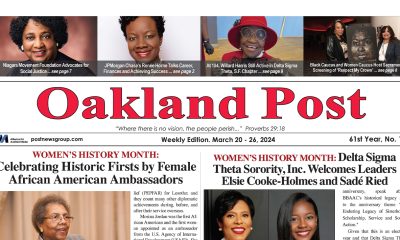
 Activism4 weeks ago
Activism4 weeks agoOakland Post: Week of March 20 – 26, 2024
-
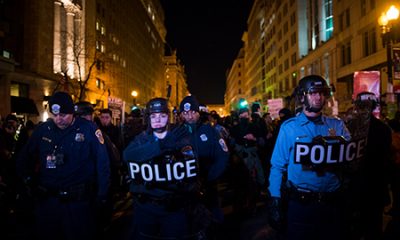
 #NNPA BlackPress3 weeks ago
#NNPA BlackPress3 weeks agoCOMMENTARY: D.C. Crime Bill Fails to Address Root Causes of Violence and Incarceration
-

 #NNPA BlackPress3 weeks ago
#NNPA BlackPress3 weeks agoMayor, City Council President React to May 31 Closing of Birmingham-Southern College
-

 #NNPA BlackPress3 weeks ago
#NNPA BlackPress3 weeks agoFrom Raids to Revelations: The Dark Turn in Sean ‘Diddy’ Combs’ Saga
-
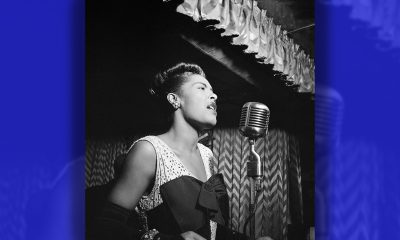
 #NNPA BlackPress3 weeks ago
#NNPA BlackPress3 weeks agoCOMMENTARY: Lady Day and The Lights!
-

 #NNPA BlackPress3 weeks ago
#NNPA BlackPress3 weeks agoBaltimore Key Bridge Catastrophe: A City’s Heartbreak and a Nation’s Alarm
-

 #NNPA BlackPress3 weeks ago
#NNPA BlackPress3 weeks agoBaltimore’s Key Bridge Struck by Ship, Collapses into Water
-

 Activism3 weeks ago
Activism3 weeks agoOakland Post: Week of March 27 – April 2, 2024

